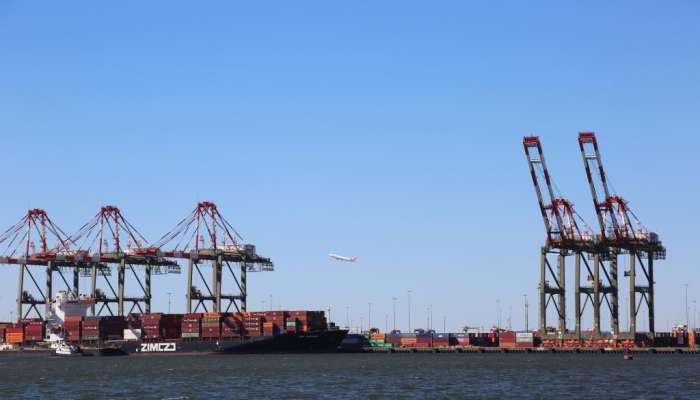The International Longshoremen’s Association (ILA), a North American labour union, has recently threatened to go on strike if a new agreement cannot be reached before the existing contract expires on Sept. 30. The union is advocating for significant wage increases in the new six-year agreement while also demanding a total ban on the automation of cranes, gates, and container movements used to load freight at over 30 U.S. ports. If a large-scale port strike occurs, experts fear that it could have a devastating impact on the U.S. economy and cripple the global supply chain. About three-fifths of container shipments to the United States are transported through the East and Gulf Coasts, and it is not feasible for the West Coast ports to handle the entirety or a significant majority of these shipments if they were redirected, according to logistics experts.
As the deadline for a new contract approaches, there is increasing concern that a large-scale port strike in the United States could become a reality. This could potentially be the first major strike to occur along the East Coast and Gulf of Mexico ports since 1977. Grace Zwemmer, an associate U.S. economist with Oxford, has warned that even a two-week strike could disrupt supply chains until 2025. Additionally, transportation analysts at JPMorgan have estimated that a strike could cause a daily economic loss of 5 billion U.S. dollars, equivalent to approximately 6 percent of the country’s daily gross domestic product. Some international shipping companies are already preparing for a shutdown of all ports along the East Coast in response to the situation, which has led to an increase in stock prices for shipping giant Maersk Group, rising nearly 20 percent in the past two weeks as of Tuesday.
The potential port strike could exacerbate the current difficulties faced by the global supply chain. Mike DeAngelis, senior director of international solutions for freight visibility platform FourKites, stated, “We’re facing a perfect storm – with the Red Sea disruptions preventing normal access to the Suez Canal, and the Panama Canal’s still-reduced capacity, an ILA strike would effectively choke off major arteries of global trade.” Even if shippers turn to West Coast ports in the event of a strike, congestion may occur, leading to cargo delays and significant increases in shipping costs. Market expectations of a breakdown in labor negotiations causing another disruption in the supply chain have driven stock prices up for Maersk Group, a leading shipping company.
The potential consequences of a large-scale port strike in the United States are significant, not only for the domestic economy but for the global supply chain as a whole. With the majority of container shipments to the U.S. passing through East and Gulf Coast ports, a strike could lead to severe disruptions in supply chains worldwide. The demands of the ILA for wage increases and bans on automation may result in a prolonged strike if an agreement is not reached by the deadline. The economic losses estimated by transportation analysts highlight the potential impact on the country’s GDP if a strike were to occur, further underlining the urgency for a resolution to be reached before the contract expires.
In response to the looming strike threat, some international shipping companies are making preparations for a potential shutdown of all East Coast ports. This proactive approach is aimed at minimizing the impact of a strike on their operations and ensuring continued delivery of goods to customers. The increased stock prices for companies like Maersk Group demonstrate the market’s awareness of the potential risks associated with a breakdown in labor negotiations. Shippers are urged to assess their supply chain strategies and consider alternative routes or modes of transportation to mitigate the impact of a possible strike on their operations. As the deadline approaches, stakeholders are closely monitoring the situation and working towards a resolution to avert a large-scale port strike that could have far-reaching consequences for the global economy.
In conclusion, the threat of a large-scale port strike in the United States has raised concerns among experts about the potential impact on the domestic economy and global supply chain. Issues related to wage increases and bans on automation have become key sticking points in negotiations between the ILA and port operators. The urgency for a resolution before the contract expires on Sept. 30 is paramount to avoid disruptions in supply chains that could have lasting effects on the transportation industry. As preparations are made for a potential shutdown of East Coast ports, stakeholders are urged to assess the risks and develop contingency plans to mitigate the impact of a strike on their operations. The situation remains fluid as the deadline approaches, and all parties involved are working towards a sustainable solution to avert a crisis that could have severe economic repercussions.











